Attack surface reduction is the single most important step to secure your organization from cyberattacks. But it can be lengthy, laborious, and challenging. However, attack surface management vendors can simplify the process!
Attack Surface Management (ASM) tools help you identify, monitor, and reduce vulnerabilities, ensuring that organizations can proactively fix security risks before it’s too late. Let’s understand the pointers you must keep in mind while selecting these tools and the best attack surface management vendors of 2024.
5 Pointers to Consider While Choosing an Attack Surface Management Tool
Choosing the right attack surface management vendors and tools isn’t easy. You must consider many factors and put each tool under the scope before your final decision. But more importantly, you must also ensure the tool meets the specific needs of YOUR organization.
To simplify this decision-making process and help you choose the right tool, here are some key points you should keep in mind:
- Comprehensive Coverage: With good visibility comes an accurate measure of your attack surface. So, a vital feature every ASM tool should have is extensive visibility into all assets. This includes typical network devices like desktops, workstations, routers, switches, and other cloud-based and IoT devices.
- Real-time Monitoring: Your attack surface is constantly changing, and you must be alert and proactive to ensure security risks don’t turn into threats or attacks! A great ASM tool should have continuous monitoring capabilities to detect security risks quickly and take necessary actions.
- Scalability: Great ASM tools must evolve and adapt to the needs of your organization. And as you grow, the tool must scale and manage the expanding network. You must ensure the solution can accommodate the increasing number of assets and evolving threats.
- User-Friendliness: ASM can be a complex process, and good ASM tools should be user-friendly and intuitive. This helps facilitate easier risk management, and you can quickly respond and take action.
- Detailed Reporting: A report is a snapshot of your network’s attack surface and is vital in decision-making and strategizing. Effective ASM tools should offer comprehensive reporting and customization to meet the needs of your team.
Top Attack Surface Management Vendors 2024
Now that you know the key points to keep in mind while selecting attack surface management vendors and tools, let’s explore the top attack surface management tools for 2024.
- SecPod SanerNow:
SecPod SanerNow is the premier attack surface management that tops our ASM tools list. Its unified approach to asset discovery, deep visibility, real-time risk detection, and native risk remediation engine make it an excellent choice for organizations of all sizes.
It detects risks beyond CVEs, such as misconfigurations, anomalies, missing patches, and exposures with lightweight agents. But not stopping at detection, SanerNow prioritizes and remediates the detected security risks by automatically downloading the respective patches and reducing your attack surface.
Further, SanerNow supports all major OSs, including Windows, Linux, macOS, and 550+ third-party applications.
Pro: Continuous and end-to-end automation, native integration with patch management, and broad visibility and support for all major OSs and 3rd party applications.
Con: Limited authenticated scan capabilities.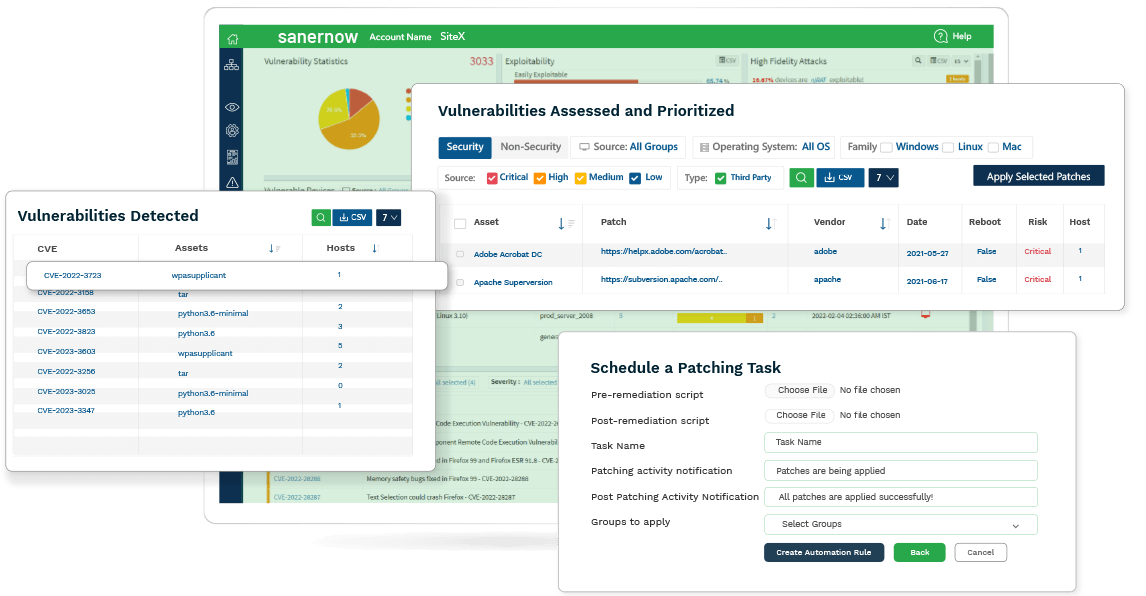
- Tenable.io:
Tenable.io is another popular attack surface management tool with good vulnerability detection capabilities. It provides clear visibility into both traditional and modern assets but falters with no remediation capabilities. Further, it can’t detect security risks beyond CVEs and exposures. However, with a longstanding community, it is a decent choice for organizations seeking ASM solutions.
Pro: Good CVE and risk coverage. Active community.
Con: Costly, lacks integrated remediation to reduce your attack surface.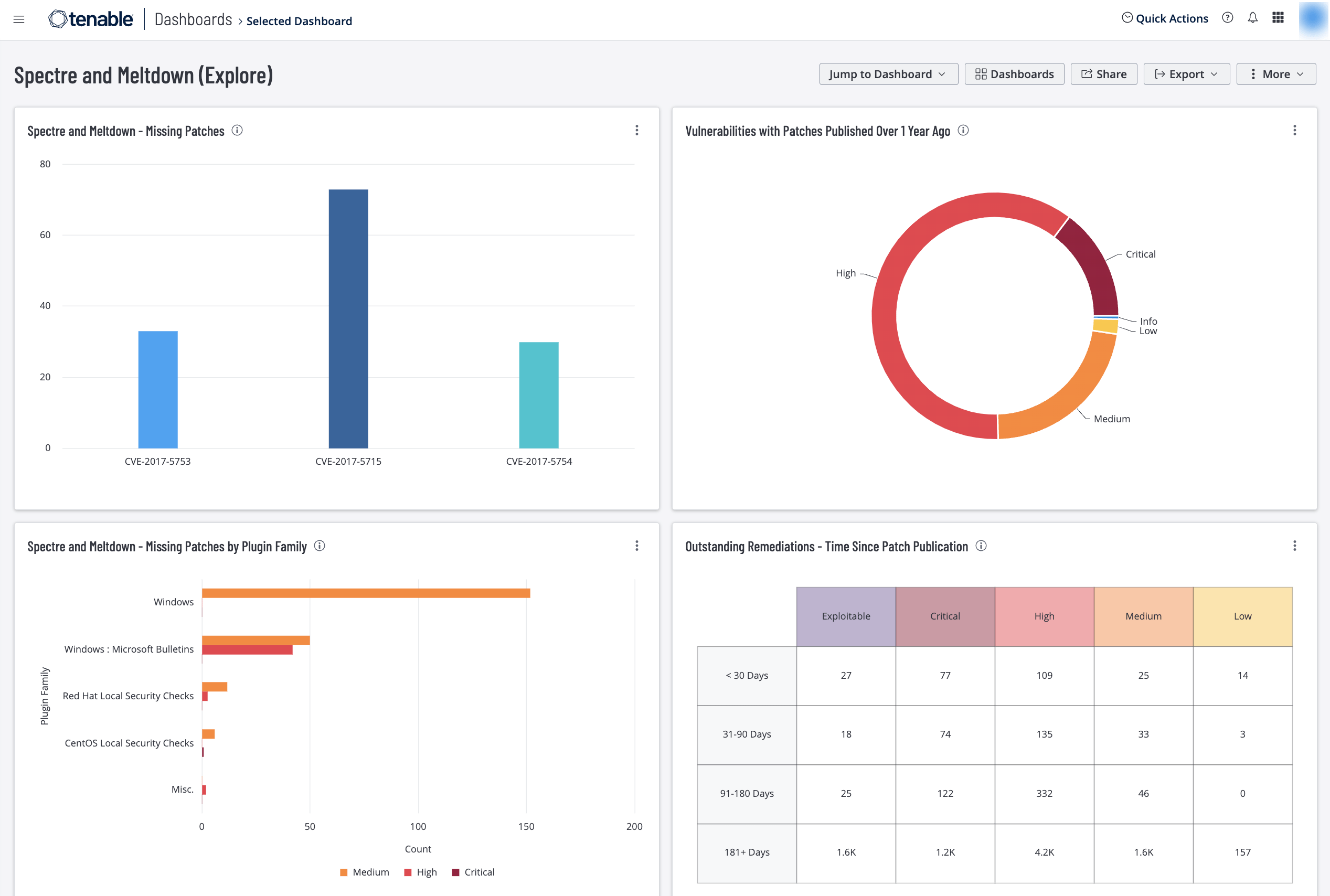
- Qualys Cloud Platform:
Qualys Cloud Platform is a good ASM tool that stands out for its scalability and risk coverage. However, its user interface is known to be difficult to work with and less intuitive than that of the other tools. It can provide continuous visibility into global IT assets and vulnerabilities but lacks proper remediation capabilities. It also provides detailed reporting and analytics and is a good choice for organizations.
Pro: Good scalability and integration with other tools.
Con: Costly, difficult UI, and limited remediation capabilities.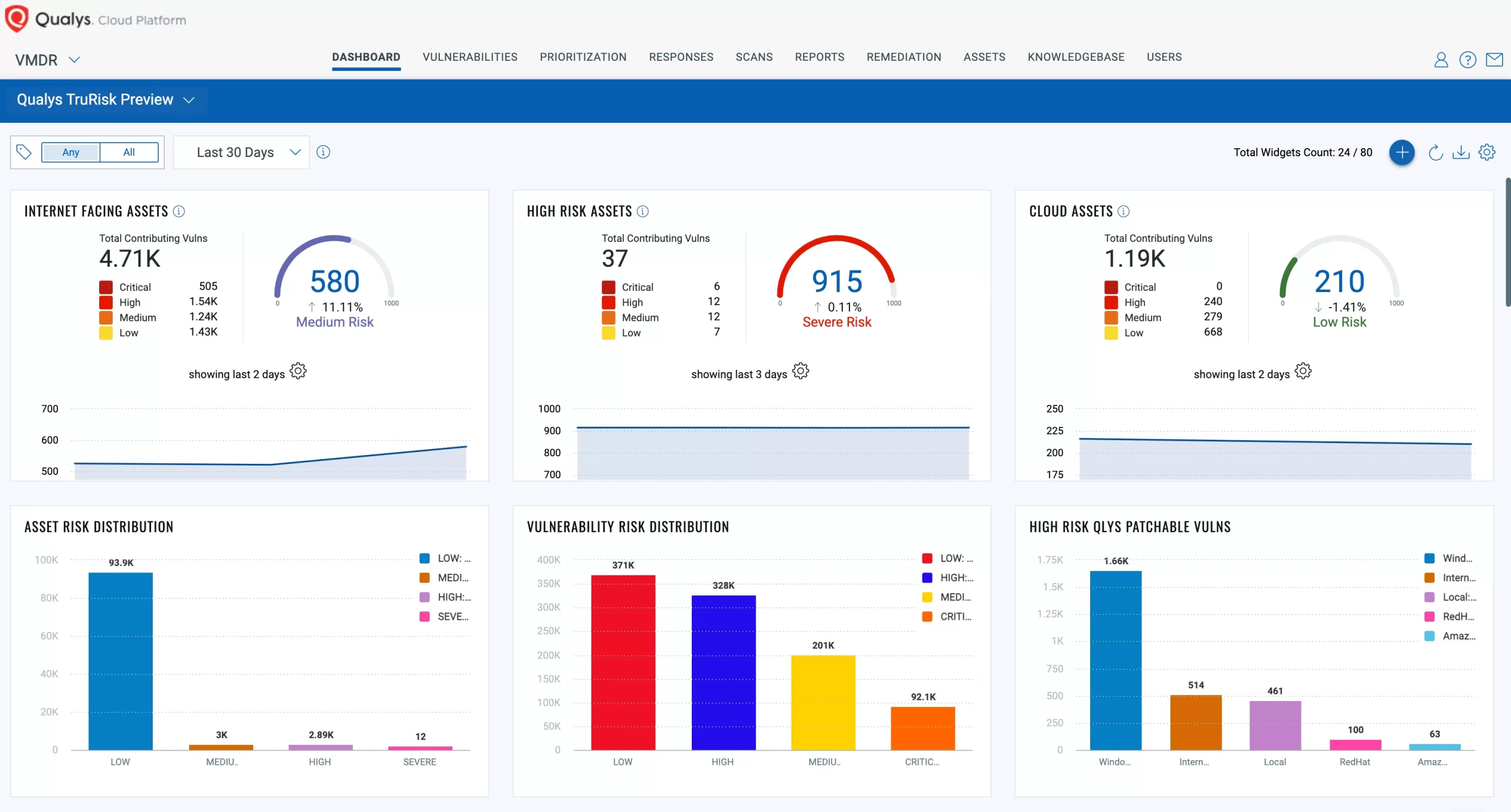
- Rapid7 InsightVM:
Rapid7 InsightVM is a good ASM tool for security teams looking for real-time visibility into security risks across their network. It provides good asset discovery and risk prioritization but struggles with integrated remediation. Additionally, InsightVM is known to be resource-intensive and lacks proper reporting and customization capabilities.
Pro: Good real-time visibility and risk prioritization.
Con: Very resource intensive and limited visibility and customization of dashboards.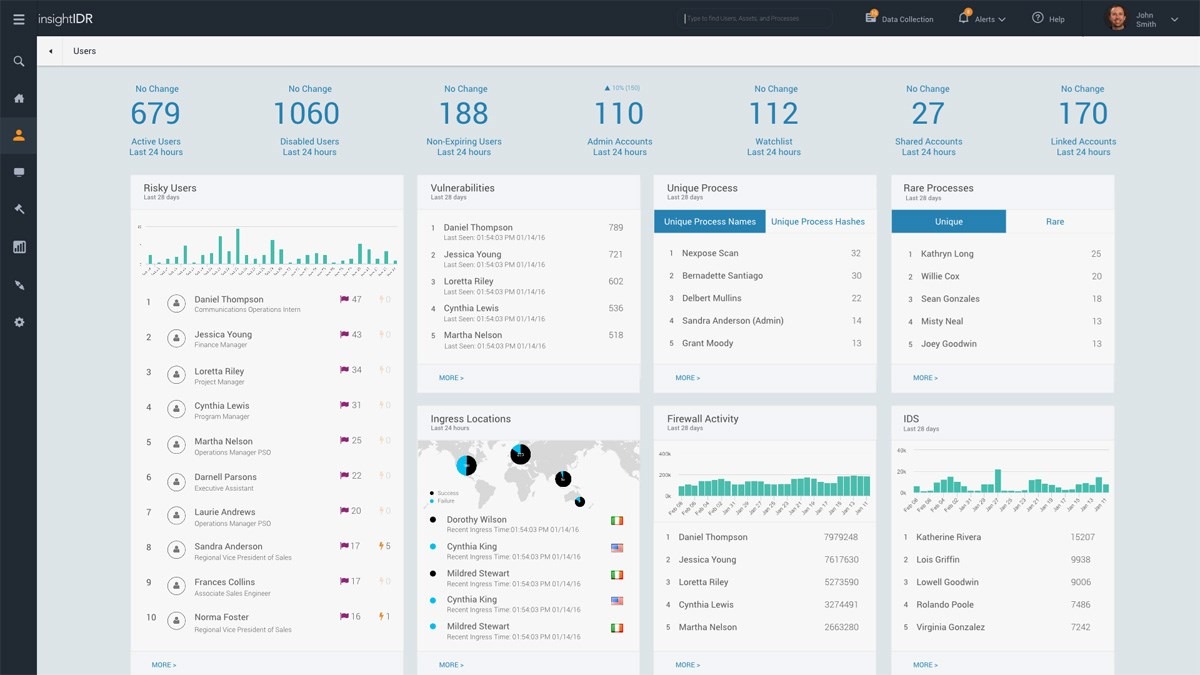
- Microsoft PassiveTotal: Microsoft PassiveTotal is a good ASM solution for enterprises looking to manage their attack surface. This tool specializes in providing external threat intelligence and attack surface visibility. Due to the lack of integrated remediation, it can only perform the detection section of vulnerability management.
Pro: Excellent external attack surface capability and good integration.
Con: Limited internal attack surface visibility and steep learning curve of the tool.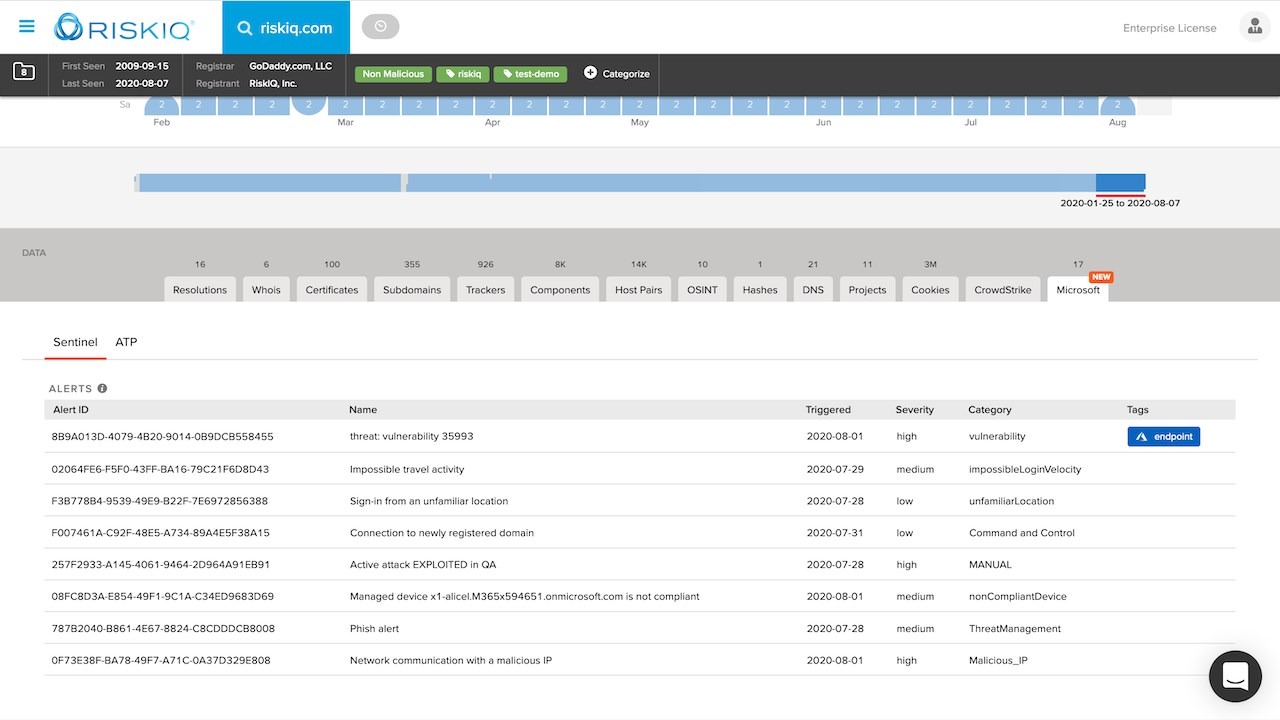
Conclusion
In an era where cyber attackers are becoming smart and cunning, investing in effective attack surface management vendors and tools is no longer an option. It is a necessity.
Tools like SanerNow provide the necessary visibility and control to manage and mitigate risks, ensuring the security and integrity of your enterprise’s digital assets.
We urge you to select the best tool and proactively stop cyberattacks before it’s too late.


